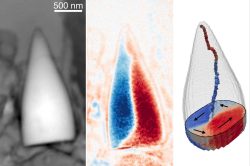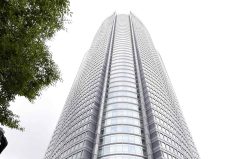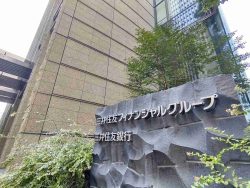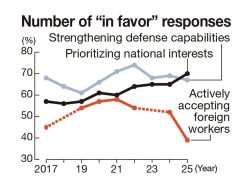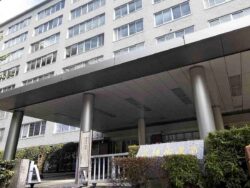Japan Enters New Phase of Higher Interest Rates; Some See Portents of Further BOJ Policy Shifts Next Year
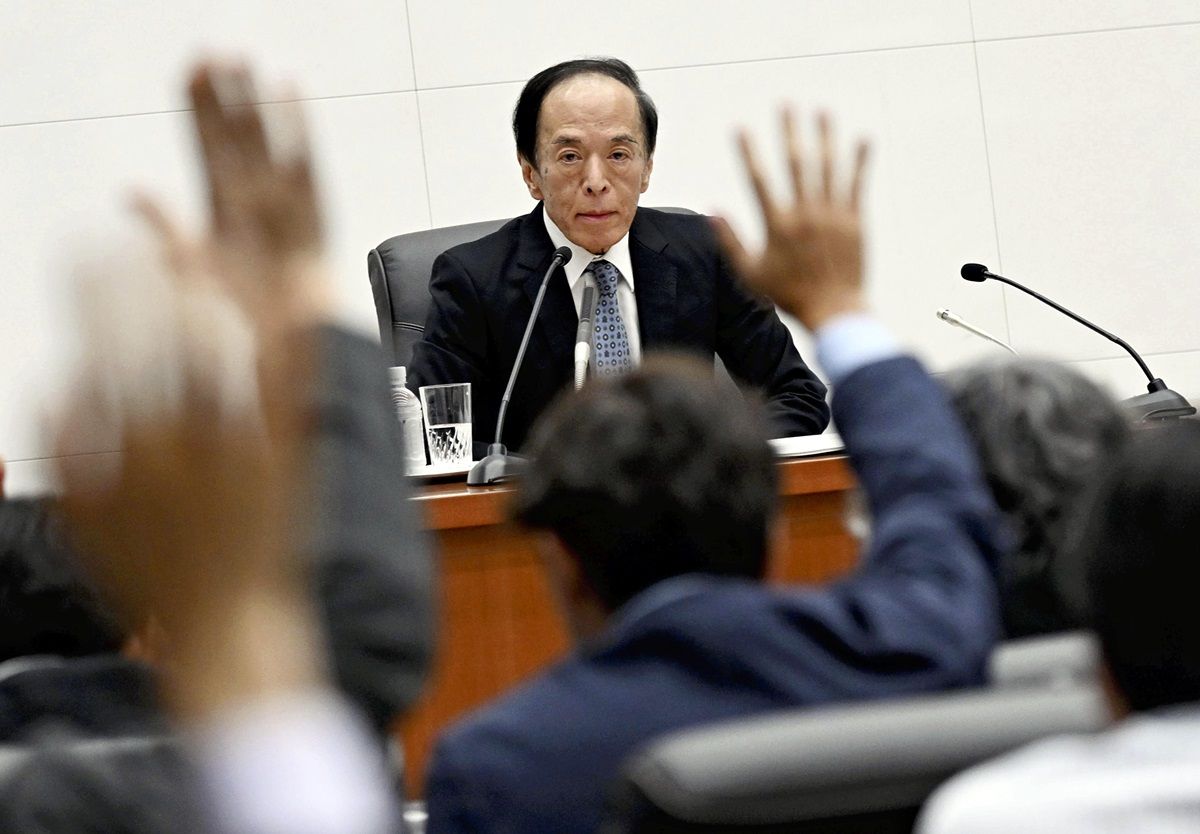
Bank of Japan Gov. Kazuo Ueda at a press conference Tuesday following its monetary policy meeting.
2:00 JST, November 2, 2023
The Bank of Japan, which had put a ceiling on long-term interest rates, has stopped being specific about precisely what that ceiling is.
The decision made Tuesday at its monetary policy meeting was based on its judgment that Japan’s economy is on the road to recovery and that businesses and individuals have become more tolerant of interest rate hikes to a certain degree, although the bank intends to continue its monetary easing.
Long accustomed to interest rates near zero, the Japanese economy getting closer to returning to a world in which “interest rates exist.”
“Fixed-rate mortgages may rise to some extent, but I don’t see a significant rise in interest rates overall,” BOJ Gov. Kazuo Ueda said at a press conference Tuesday, expressing his view that the impact on households of an increase in long-term interest rates triggered by its policy revisions will be limited.
Japan has been in a period of low interest rates since the collapse of the bubble economy. In particular, the rates have been ultra-low since 2013, when the BOJ introduced its massive monetary easing policy, in which it has been purchasing a large amount of Japanese government bonds (JGBs). The recent rise in long-term interest rates has led to an increase in new lending rates.
Three megabanks, including MUFG Bank Ltd., all raised their bases for fixed mortgage rates — which are linked to long-term interest rates — to take effect from November. This is the fourth consecutive month that they have raised their final interest rates for loan contracts en masse in response to events such as the BOJ effectively raising the ceiling on the long-term JGB yield to 1% in July.
Mizuho Bank Ltd. raised its long-term prime rate — the benchmark interest rate on loans to companies — from 1.45% to 1.5% in mid-October, the third consecutive month of increases. It will reach its highest level since May 2011 if it exceeds 1.5%.
Corporate earnings will affect wage increases, which are essential for sustained price increases. Ueda said, “Overall corporate earnings are quite strong, and we can expect wage hikes next year,” showing his belief that interest rate hikes, as long as within the scope of the current monetary policy, would not have a large impact on corporate earnings.
The effects of rising interest rates are not all negative. Higher market interest rates are expected to improve the yields of financial products.
Sumitomo Life Insurance Co. raised the assumed interest rate — the yield promised to policyholders — on some of its personal pension insurance plans in October, while Meiji Yasuda Life Insurance Co. raised the interest rate on some of its whole-life policies with a lump-sum benefit.
Banks, where interest income is the main source of revenue, are also expected to move to revise their interest rates, such as on fixed deposits. Yields on bonds targeted at retail investors are adjusted on a regular basis, and the upward trend in interest rates will provide a tailwind for individual investment.
However, Japan as a whole has the largest debt to gross domestic product (GDP) ratio among developed countries, at about 260%.
According to the Finance Ministry, national debt service costs have been ballooning due to rising interest rates. Such costs in the general account of the estimated budget request for fiscal 2024 are about ¥28 trillion, more than 10% higher than at the beginning of fiscal 2023.
It is said that when interest rates reflect the strength of the economy, individuals and businesses become more active in consumption and investment in anticipation of future interest rate hikes, creating a virtuous cycle that will further stimulate the economy.
Ueda said at the press conference, “Whether wages will continue to rise [next year] will be key.”
Some in the market view the policy of not setting a specific cap as a path for the BOJ to scale back its massive monetary easing.
The BOJ’s Outlook Report released Tuesday forecast a 1.7% inflation rate for the consumer price index in fiscal 2025, when resource prices are expected to stabilize. This rate is close to the 2% level that the BOJ is aiming for.
If sustained price hikes accompanied by wage hikes can be expected, the end of negative interest rates and yield curve control will become a reality.
Teppei Ino, the Tokyo head of global markets research at MUFG Bank, analyzed the BOJ’s move and said, “The BOJ may take a step toward a full-scale policy revision early next year.”
"Business" POPULAR ARTICLE
-

Govt Plans to Urge Municipalities to Help Residents Cope with Rising Prices
-
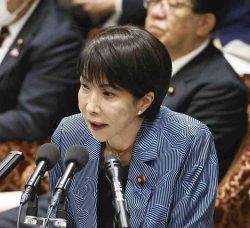
Japan Prime Minister Takaichi Vows to Have Country Exit Deflation, Closely Monitor Economic Indicators
-

Essential Services Shortage to Hit Japan’s GDP By Up to ¥76 Tril. By 2040
-
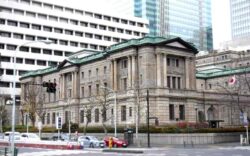
Japan GDP Down Annualized 1.8% in July-Sept.
-

JR East Suica’s Penguin to Retire at End of FY2026; Baton to be Passed to New Character
JN ACCESS RANKING
-

Govt Plans to Urge Municipalities to Help Residents Cope with Rising Prices
-

Japan Prime Minister Takaichi Vows to Have Country Exit Deflation, Closely Monitor Economic Indicators
-
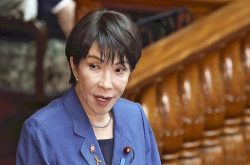
Japan to Charge Foreigners More for Residence Permits, Looking to Align with Western Countries
-

Essential Services Shortage to Hit Japan’s GDP By Up to ¥76 Tril. By 2040
-

Japan GDP Down Annualized 1.8% in July-Sept.










